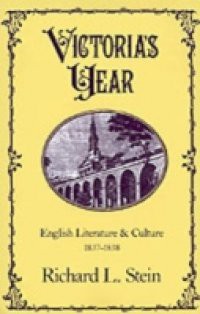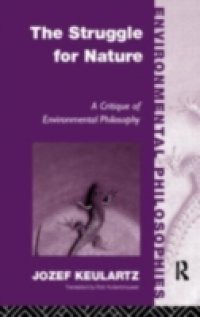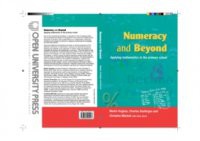Although 150 years have passed since Princess Victoria became Queen, the first twelve months of her reign remain relatively unexplored. In the first literary history to focus specifically on the year 1837-1838, Richard L. Stein examines a wide variety of cultural products--in visual art and architecture, statistics and maps, scientific writing and popular journalism, and literature itself--to reconstruct the thought and experience of England in "Victoria's Year." Surveying such figures as Carlyle, Cruikshank, Darwin, Dickens, Martineau, Ruskin, Tennyson, and Turner, this wide-ranging volume examines the connections and discontinuities within the values, beliefs, and modes of representation of this brief cultural moment, describing how various arts struggled to produce new, legible, and stable signs to reflect unprecedented modes of experience in a rapidly changing culture. Stein shows how this quest for legibility and certainty was often undermined from inside and out, and the ways in which "the order of things," in Foucault's sense of the phrase, was constantly being reasserted or broken down. Revealing how this particular historical moment was understood by those who lived it, and how an array of cultural products served to mediate the most radically new and unfamiliar aspects of the age, Victoria's Year offers new insights into the process that created the myth of Victorianism.



















